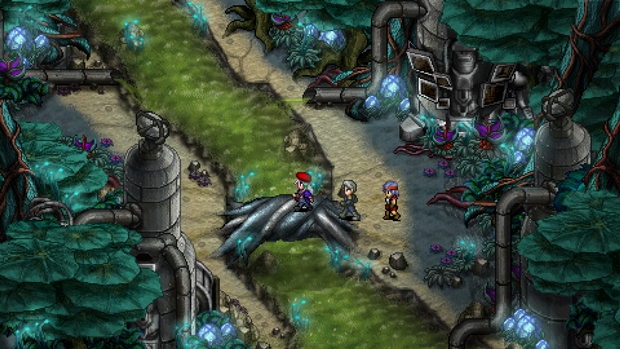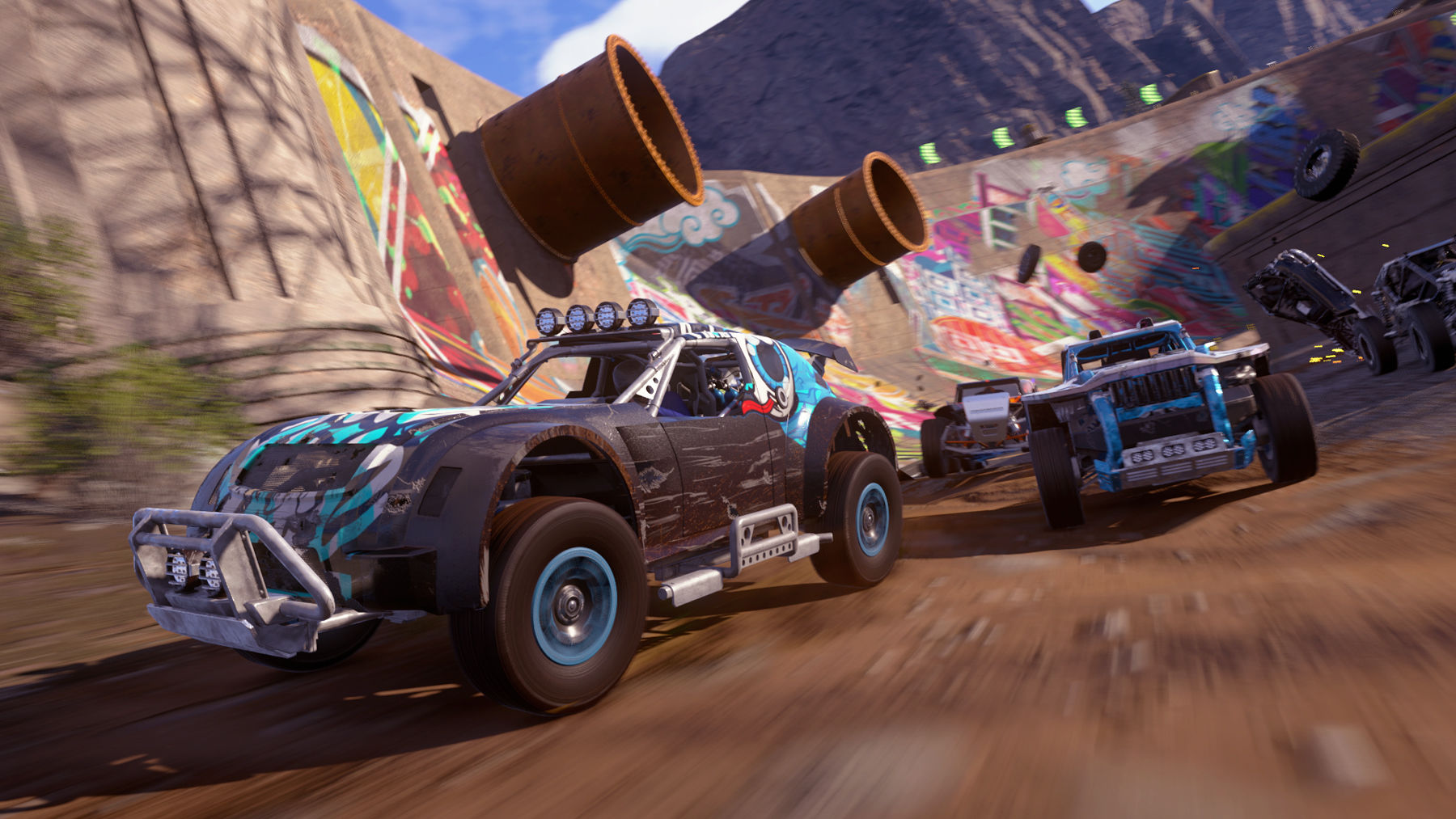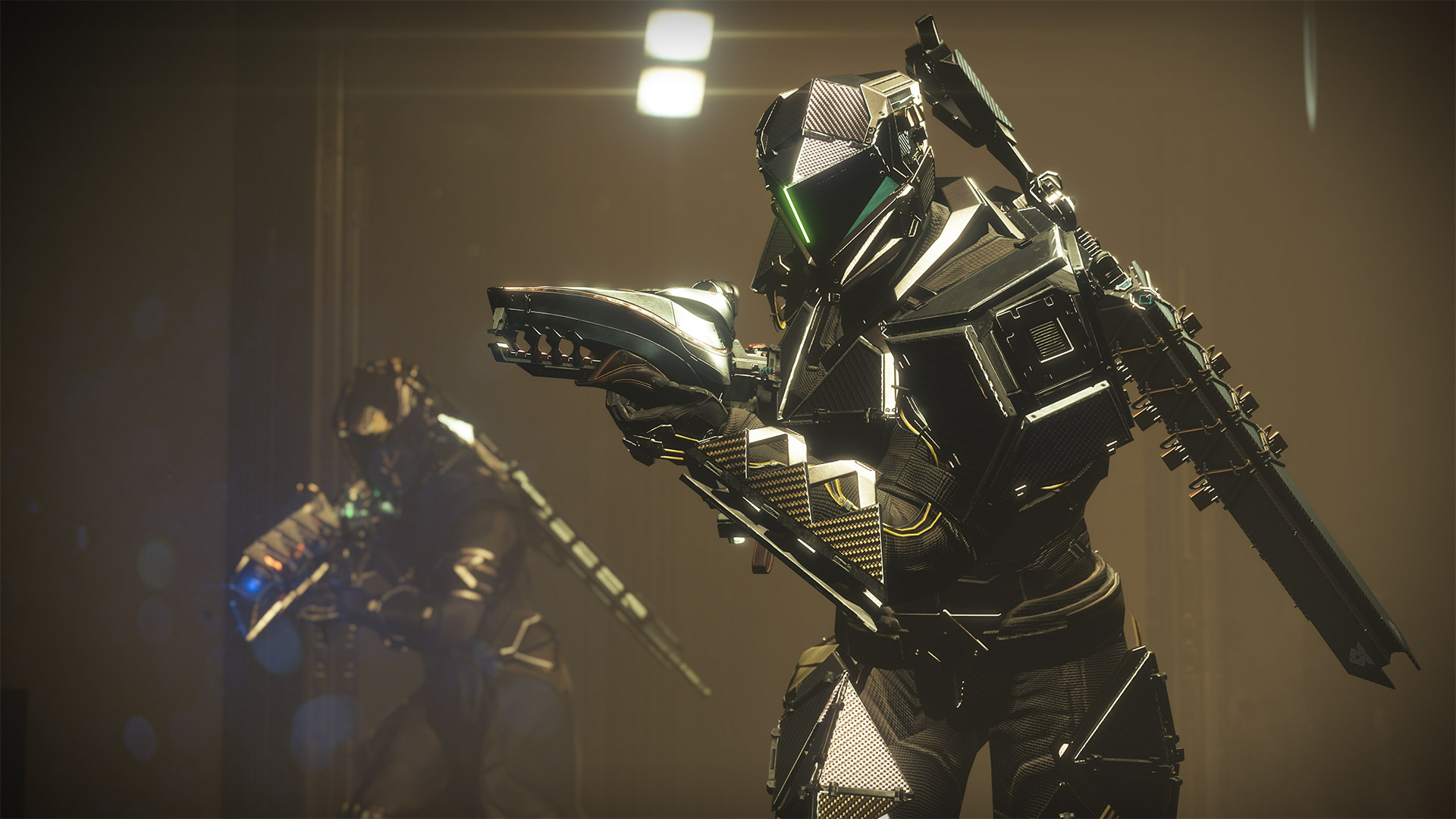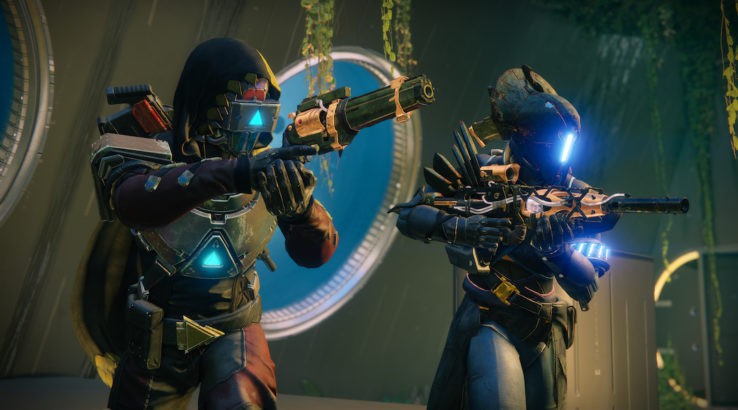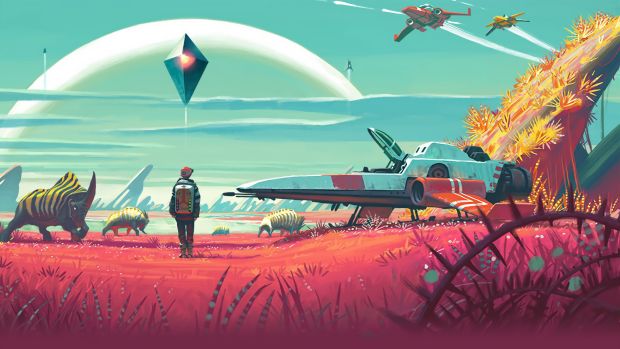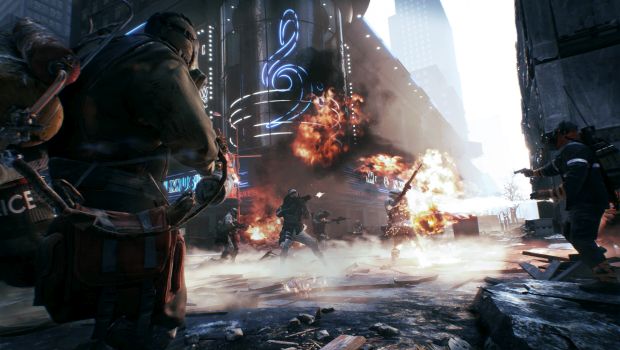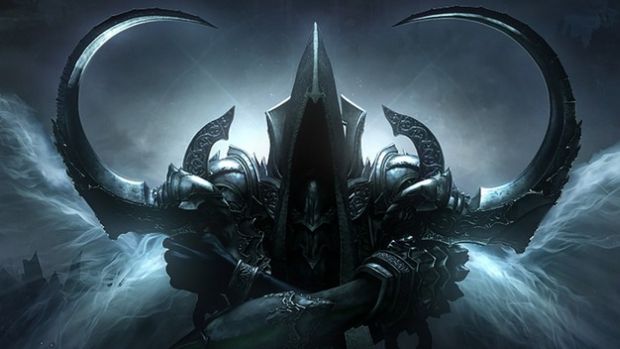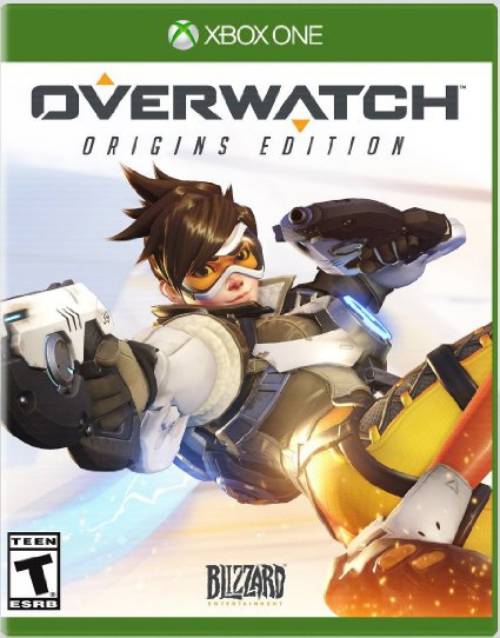
The gaming industry is a beast. No, not like the prey hunted in Bloodborne or the monsters in Monster Hunter World but a sleepless, shapeless, at times unfathomable beast. It’s a beast that needs feeding though – there are a lot of people relying on it. However, many are aware of its simultaneous unsustainability and effects on long-term health. Without that beast, they would be lost. With it, they seem lost in a different way, marching towards the drum of other hobbies, professions, past-times that just don’t offer that same kick.
It’s easy to lose track of the number of games that releases every year. Between PC-exclusive titles, console exclusives, mobile games, remastered games, indie titles, ports, expansions, DLC, free to play titles, free games, retro games, web browser games and of course, remakes, there are hundreds of announcements, crowd-funded titles and Early Access gems. Good games like Cosmic Star Heroine and Polybius (2017) can see next to no revenue after years of hard work. However, a game like Fortnite, in development for years and years, can bring out a Battle Royale mode and have it become the biggest thing on the planet.
"We’re talking about games that seem so fundamentally flawed in their design that extensive work is required to make them better. The industry demands they release at their ordained time though."
The beast never rests. It can survive without certain games becoming successful but it needs certain games to survive. It needs them more than others. Think of Hollywood with its reliance on big budget blockbusters, the Star Wars and Marvel films of yore – all those visual effects studios, production companies, 4K camera operators and 3D rotoscopy experts need them to stay in business. The gaming industry doesn’t just need games with a huge budget. For better or worse, it demands that some games release before they’re fully realized visions. The film industry isn’t all that different – how many times have we heard about Justice League’s reshoots, Wonder Woman’s nightmarish production or the sheer agony that was Fantastic Four? Two of those three movies turned out to be utter disasters, by the way.
Games do have one key advantage though – they can make up for it later. There’s this trend of releasing a game and attempting to improve it later. Granted, this was a fear long, long ago as more games began receiving heftier patches for bugs and other issues. The fear of developers simply leaving key features out until launch when a patch would arrive wasn’t fully realized just yet. Nowadays, it isn’t strange to see games receive mammoth Day One patches that fix all manner of bugs while rounding out the content in a game.
But that’s not what we’re on about. We’re talking about games that seem so fundamentally flawed in their design that extensive work is required to make them better. The industry demands they release at their ordained time though. A delay or two may have been allowed but lo and behold, they still release in their rough forms, waiting to be properly shaped.
Take Evolution Studios’ DriveClub. The PS4 racing sim was delayed by a whole year before releasing to a myriad of issues. Its single-player component was cited as “dull and lifeless” without the benefit of online connectivity. Unfortunately, server troubles and other problems prevented proper connectivity for a very long time. If you picked up DriveClub at launch, then you didn’t experience the great career mode until servers properly came online. It was a long painful wait though and most people pretty much abandoned the game at that point itself. That’s saying nothing about the crashes that occurred even when offline.
"It’s absolutely insane that DriveClub would face so many issues at launch and then morph into one of the better racing games of this generation."
But Evolution Studios didn’t let up. Free DLC was offered. A free Photo Mode, replays of all races. New tracks and events. A new car every month. One expansion was devoted to introducing motorbikes into the game. And somehow, Evolution Studios continued improving the game’s visuals. If that weren’t enough, car handling was also improved, offering a more arcade-like experience for newcomers while promising a more realistic racing experience for gearheads. It’s absolutely insane that DriveClub would face so many issues at launch and then morph into one of the better racing games of this generation.
Strangely enough, as Evolution Studios was shuttered and shifted over to Codemasters to develop Onrush, it seemed to be repeating that exact same pattern. The pattern of releasing a game before it’s fully ready. If you played the beta for Onrush, then it might have felt a little…unpolished. Forget about most of the content not being there but the actual gameplay itself. Forget the fact that the actual balancing of the classes felt strange. Or that net-code was flaky, with AI cars blinking this way and that. Or even that actual takedowns felt inconsistent, ranging from a single nudge on the environment instantly wrecking you (which seemed intended) to numerous vehicles smashing your car from behind as it hung in there. The overall teamwork aspect didn’t feel wonderfully pronounced with different classes working together in unison to win a race. It was highlighted when team members failed to really hit checkpoints or rack up points in Overdrive.
Even if Onrush releases (which it currently has) without any network issues and the single-player mode feels consistent enough (especially since it’s not an actual campaign but roughly 100 “events”), it feels like its core mechanics will need more time. More iteration. More work. There is something there but in its current form, it just feels like a whole lot of potential waiting to be tapped, not unlike DriveClub. And yet, Onrush’s beta took place a good two weeks before the game’s full release. The chances of ground-breaking changes to its structure seem nil at this point.
"Changing so many fundamental aspects while expanding on the core premise of Destiny 2 is still a work in progress."
I’m always reminded of Destiny 2 whenever I think about a design being pushed through, whether the players like it or not. Much like Destiny 1, Destiny 2 launched in a very strange state. The game itself wasn’t horrible but Bungie elected to cut several features that fans had come to appreciate from the sequel. On the one hand, I can understand streamlining the experience. On the other hand, every single change felt like it was meant to transform Destiny 2 into a more, ultra-competitive PvP experience but with a much lighter PvE experience geared towards “casual” players. Bosses felt more bullet-spongey than ever. Light level meant pretty much nothing. The weapons and gear were pretty boring and looked terrible (including Eververse’s items as well, at least when compared to the best of Destiny 1).
When you consider that Monster Hunter World streamlined a lot of what its predecessors offered but maintained the essence of its gameplay, the various facets that made hunts thrilling and expanding on the overall premise thanks to the power of current gen platforms, Destiny 2 becomes an anomaly in so many ways.
However, the biggest issue wasn’t that Destiny 2 didn’t have Record Books or full-fledged raids with each expansion or random rolls on weapons or nice looking armour or good rewards for end-game activities. It was that the game was mostly felt like the most boring, tedious aspects of Destiny 1. You could argue that the core shooting felt great as always but there was little to no difference (and in fact, it became worse thanks to nerfs for in-air accuracy). Even as Bungie releases update after update, the overall gameplay for Destiny 2 is something that even the hardest of the hardcore have second thoughts about coming back to.
Yet despite so much going wrong, fans saw the warning signs from the first reveal event itself. They were further reinforced in the closed beta. Yet, as they criticized Bungie over and over again, right up to launch, the developer took a long time to react. Changing so many fundamental aspects while expanding on the core premise of Destiny 2 is still a work in progress. It’s hard to believe that it will even be complete by the time the coveted Fall expansion, now being called “Forsaken”, arrives.
"Destiny 2 is an example of a game that had to release. However it may work behind the scenes, Activision needed it to release in September 2017, especially after it had already been delayed a year."
Behind the scenes, Destiny 2 was a result of consequences. Reports from anonymous sources speaking to Kotaku’s Jason Schreier pretty much indicated that Destiny 2 was rebooted and the former director removed as Luke Smith took his place. From there, the game was reimagined as a loot box-grinding fest for cosmetics, an antithesis to the looter shooter that it had become. Bungie was locked on course though. It couldn’t veer away, even it wanted to, thanks to contractual obligations with Activision. Bungie probably doesn’t know what it’s doing and is making things up as it goes. The sad truth is that it’s probably devoting the most resources to Destiny 3, while ensuring the Fall expansion is wrapped up and undergoes Q&A testing in the next few months. Meanwhile, the skeleton live team can go back to making its changes on Exotic armour and whatnot.
Destiny 2 is an example of a game that had to release. However it may work behind the scenes, Activision needed it to release in September 2017, especially after it had already been delayed a year. As such, there was a ton of marketing around it. What about a game like No Man’s Sky that didn’t have a ton of marketing?
Hello Games’ space exploration title made waves after its first reveal at VGX 2013 (became known as The Game Awards). Talked up as this epic saga of interplanetary discovery, No Man’s Sky would seemingly offer limitless journeys with unique circumstances. Each player’s experience would be different thanks to the game’s procedural generation but everyone would be united by their pilgrimage to the universe’s centre. Unfortunately, things didn’t go quite as well as planned. Which is a nice way of saying it became one of the biggest dumpster fires in history in terms of fan reaction.
No Man’s Sky had a resource grind, one that was extremely heavy and while it fed into the feedback loop of exploration – gather more materials to explore further planets – that aspect of the game felt extremely shallow. Planets were uniquely generated but didn’t have anything outright defining to them. Though a few epic sights could be found, not everyone got to see them. For most people, having to consistently mine for resources bogged down the exploration (having no good reason to fight Sentinels didn’t help the action aspect). If the game had a multiplayer mode for exploring this unique universe with friends, it could offer some incentive to logging in every day. As such, it just felt like a shallow exercise in exploration with no real pay-off.
"Those large-scale space battles seen in trailers actually happen. Hardcore survival runs for some impetus of danger are as possible as sandbox runs where one can simply chill."
Thankfully, not every game that has issues in the early going is further ruined later. Hello Games worked – and continues to work – non-stop on improving No Man’s Sky. Along with the addition of land vehicles to more appropriately navigate planets, free updates added tons of new story quests and activities worth grinding for.
Building a base, constructing your own community of merchants and sellers, purchasing a freighter, creating portals – No Man’s Sky will further be shaping up with the NEXT expansion that seemingly introduces true multiplayer. Even without it, the game looks and feels better since launch. Those large-scale space battles seen in trailers actually happen. Hardcore survival runs for some impetus of danger are as possible as sandbox runs where one can simply chill. It’s still not perfect but it’s a positive direction for a game that left many fans angry enough to stalk and follow studio employees to their homes.
The “One Year Later” genre isn’t simply limited to games that started out fairly awful and then receive major improvements down the line though. Some games release as fun, fulfilling experiences and only get better over time. Take a look at Team Ninja’s Nioh. The hack-and-slash, Ninja Gaiden meets Soulslike meets looter title had an extremely robust campaign at launch. Completing all the side missions and story missions could easily take over 60 hours. The crazy part is that even after finishing the campaign, there’s an entire New Game Plus type mode to breeze through with a higher category of gear and weapons to grind for. It’s essentially like Diablo 3’s end-game where gear and weapons levels, build optimization and grinding for further upgrades become the impetus as opposed to one’s individual level. Keep in mind that this doesn’t include the three DLC packs which could add a good 30 hours or so of more unique missions to run through.
However, Team Ninja didn’t release the base game, work on the expansions and then call it a day. The first “New Game Plus” setting is dubbed Way of the Strong – the first three regions and their side missions are unlocked with tougher enemies, more XP rewards and Divine loot to grind for. Drop rates for the latter can be grindy but there are items to collect that increase that. Guardian Spirits can also be leveled up to 30 and your individual stat levels go much higher.
"Some games release as fun, fulfilling experiences and only get better over time. Take a look at Team Ninja’s Nioh."
After finishing the first three regions, the remaining game is unlocked. You have Way of the Demon next which further increases one’s levels and rewards. Equipment starts dropping past level 150, Guardian Spirits can be leveled up to 40, and enemies become that much tougher. Divine gear becomes all the more essential as, like Diablo with its higher Greater Rift levels, you further optimize your build. Way of the Wise repeats this process again but adds Ethereal Weapons and ways to upgrade Divine weapons into them while raising Guardian Spirit levels up to 50. Somewhere in this process, a second tertiary Guardian Spirit can be equipped for additional benefits. Finally, Way of the Nioh adds one more New Game Plus run, letting you raise stats to level 200 and Guardian Spirits up to level 60. Once again, this is not factoring all the DLC content that players have to go through or the PvP aspect.
Again though, there are countless examples of games that have to be released to satisfy market expectations, investors and publishers. Battlefield 4 is infamous for launching in a buggy mess before DICE introduced a number of patches, delayed DLC to get more team members involved and eventually introduced a Community Test Environment server to try out changes before they went live. This isn’t including free DLC that the game would receive for years after its launch. Perhaps more famous is Star Wars Battlefront 1, which released to coincide with the launch of Star Wars: The Force Awakens. From there, DICE devoted numerous resources to expanding its modes, quality of life features, maps and much more (even if you didn’t purchase the DLC).
One could argue that it isn’t strange for many of these franchises to support their games so much after launch. After all, if it sold extremely well and could potentially make for a great franchise, why not try to garner good publicity by fixing things? Of course, there’s a fine line between “fixing the game” and “realizing its vision”.
Once again, look at Destiny 2 – a majority of the features being added in were already present in Destiny 1. A lot of the new features like Escalation Protocol, Heroic Strike modifiers, the “new” Power level grind and so on have faced tons of criticism with fixes either introduced or pending. Even after all of those fixes though, Destiny 2 still won’t much of an evolution to the standard Destiny design. There’s no player housing, spaceship battles, strong end-game and build diversity, et al. Fundamentally, it’s the same repetitive gameplay just with annoying changes to further dumb it down.
"Even as players are somewhat wary of The Division 2 repeating the mistakes of Destiny 2, there’s some more optimism because Ubisoft Massive is more or less in touch with what the community wants."
However, Tom Clancy’s The Division truly realized its vision after launch. Sure, it wasn’t the open world survival sandbox where PvP could happen at any place and time that the very first trailer promised. However, when the game launched, it was clearly meant to be a looter shooter. Ubisoft Massive wasn’t exactly recognizing those fundamentals though. It gave obscenely tough challenges that only very specific play-styles could properly complete. As a result, both in PvP and PvE, build diversity was horribly limited (which is saying something considering how the amount of customization wasn’t all that high to begin with). Rewards were pitiful, RNG played too much of a factor and the overall game didn’t have all that much to do.
Over time, Ubisoft Massive heavily revamped the game, introducing World Tiers, new modes like Survival (providing an experience akin to the first reveal trailer) and Last Stand (its first PvP mode), made areas like Underground worth playing and so on. Not all of its changes were great – Gear Sets continue to be balanced and rebalanced, changes to armour made many angry and whatnot.
However, more features were brought in like World Events (weekly events with modifiers), new Classified Gear Sets, the wave-based PvE mode Resistance, new areas in the Light Zone and Dark Zone, and even the addition of dozens of quality of life changes. Even as players are somewhat wary of The Division 2 repeating the mistakes of Destiny 2, there’s some more optimism because Ubisoft Massive is more or less in touch with what the community wants. In Destiny 2’s case, you’d be hard-pressed to find many people willing to pick up Destiny 3, much less Destiny 2’s Forsaken DLC.
One would be remiss to not also mention Blizzard Entertainment’s Diablo 3. Think about it – this is a game that was in development for ten years. It was under a development team that felt in tune with everything that fans could possibly want. Of course, when the game released, “Error 37” wasn’t the only stumbling block that it faced. Diablo 3 was riddled with issues ranging from confusing stats and systems, a large quantity of loot that was disproportionate to its quality, a tough difficulty that needed high level loot to finish it but had to be grinded for said loot and so on. Did we also mention that players wanted more out of Diablo’s end-game in 2012 then just replaying the entire game at a higher difficulty?
"Despite Blizzard’s treatment of Diablo 3 currently, ignoring it in favour of other franchises like Overwatch and World of Warcraft, there’s no denying the care provided throughout all these years."
Blizzard’s approach has always been about what the fans want. Sometimes that may not always shine through but in Diablo 3’s case, newly appointed director Josh Mosqueira and his team went to extraordinary lengths to satisfy the community. It went against much of the Blizzard grain that believed Diablo 3 should be in the same vein as Diablo 2, introducing an Adventure Mode with Bounties and randomly arranged Rifts and Greater Rifts to grind. The Paragon system had already provided players with that additional bump of statistical power but stats as a whole were incredibly streamlined. Gear, especially Gear Sets, became incredibly broken to make players feel even more badass. It all culminated in Reaper of Souls, Diablo 3’s first major expansion that contained a new storyline, new class, tons of new items and much more.
Suffice to say, the rest is history. Despite Blizzard’s treatment of Diablo 3 currently, ignoring it in favour of other franchises like Overwatch and World of Warcraft, there’s no denying the care provided throughout all these years. New items were brought in. Extensive balance changes were made, shaking up the meta and making numerous classes and builds viable (though it took quite a while). New regions and areas, new activities like Challenge Rifts and Set Dungeons and so much more insured that Diablo 3 wouldn’t go gentle into that good night. In fact, it still serves as an excellent example of an action looter RPG done right, even if Area Damage as a stat is inherently busted.
The practice of “fixing” games one year later is still very much in progress but to see more and more games being sent out the door for the sake of hype is interesting. One could say it’s alarming but the overall business being done by the industry says otherwise. If anything, it points to the greater trend of building brand loyalty and retaining consumers, if only so they’ll further invest in the franchise (whether through microtransactions, expansions or sequels). Time will tell just how sustainable the practice is, especially with games like The Division 2, Anthem, the rumoured Dying Light 2 and so on coming. However, if today’s modern consumer has proven anything, it’s that they’ll stick with a franchise through thick and thin as long as they love the gameplay and the developer makes them feel appreciated.
As a final example, let’s look at Final Fantasy 14. Everyone knows the story (thanks to the wonderful documentary series by NoClip): Square-Enix did pretty well with Final Fantasy 11. The designs for Final Fantasy 14 surged on even with competitors like World of Warcraft doing so much more in the space. The development team at Square-Enix was convinced of the quality of its enterprise. If nothing else, every department believed it was doing its job in the best way possible. When it finally released, the sheer lack of quality was readily apparent. If the servers weren’t messing up fans’ enjoyment of the game, then the unoptimized performance, terrible UI, bland combat and overall game design was hindering any possible worth it had to offer.
"Final Fantasy 14 is now considered one of the best MMORPGs currently available and one of the top paid MMOs in terms of subscriber count. That’s a pretty big shift from a company many thought was doomed…"
When Square Enix realized just how badly it messed up, it didn’t immediately pull the plug or attempt to cut its losses. Instead, it brought Naoki Yoshida on to investigate where things went wrong. Yoshida ultimately proposed the daring plan to not only continue supporting the current version of Final Fantasy 14 but to develop a brand new version behind the scenes called A Realm Reborn. So while the base game would see new quests (at no subscription cost to players), A Realm Reborn would bring new and excting features while essentially “fixing” everything that was wrong about the game.
Once it all came to a head, culminating in an enormous event where the old world was “destroyed”, now director/producer Yoshida and his team celebrated. Reviews were positive, fans were enjoying the game and the Square-Enix that seemingly had its reputation destroyed was on the up-turn. The amazing part in all of this is that Yoshida acknowledged some fans being gone for good and that the next steps were to continue development, supporting the now stellar game they had. Who knows? Some day those same fans would see the current state and return.
Square Enix hasn’t disappointed with its two excellent expansions – Heavensward and Stormblood – along with numerous substantial content updates every few months. Final Fantasy 14 is now considered one of the best MMORPGs currently available and one of the top paid MMOs in terms of subscriber count. That’s a pretty big shift from a company many thought was doomed but it also reflects how, with a dedicated group of fans, anything is possible. Even if a game has burned a player and they promise never to return, it’s never truly dead as long as a developer is in tune with and respects the community’s passion.
Note: The views expressed in this article are those of the author and do not necessarily represent the views of, and should not be attributed to, GamingBolt as an organization.








